

Metal die casting, often referred to simply as die casting, is a casting process that involves injecting molten metal at high pressure into a precision metal mold cavity and allowing it to solidify under pressure to form a casting. This process, characterized by its high speed and pressure, enables the production of metal parts with complex shapes and thin cross-sections. The history of die casting can be traced back to the 19th century. In 1838, the first die casting equipment was invented for manufacturing molds for letterpress printing. The first patent related to die casting was issued in 1849 for a small manual machine used to produce lead type for printing presses. In 1885, Otto Mergenthaler invented the Linotype typesetting machine, which could cast an entire line of text as a single piece of type, revolutionizing the printing industry. At the beginning of the 20th century, with the rapid development of industry, die casting technology began to be widely used in the automotive, aerospace, and other industrial sectors for the production of various complex metal parts.
2025-03-18 16:29:18
The densities of different casting materials vary. Here are some density data of common casting materials:
2025-03-17 17:39:42
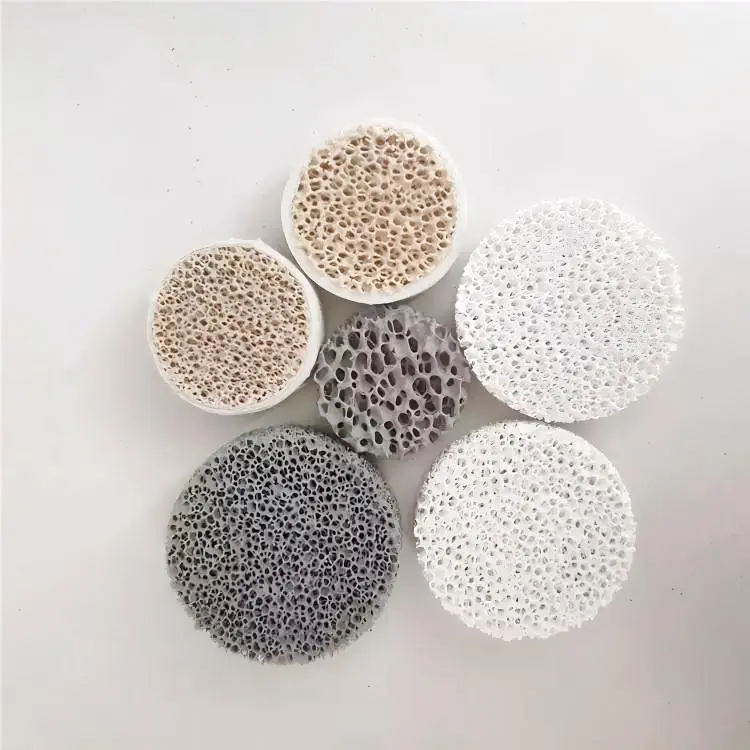
The iron liquid filtration process refers to the procedure of removing large impurities such as inclusions and slags, as well as harmful elements and oxides from the iron liquid through special devices or materials, thereby purifying the iron liquid and enhancing the quality of castings. Its main objective is to reduce the impurity content in castings, lower the scrap rate, improve the material properties of castings, and enhance the surface quality of castings.
2025-03-17 17:38:09
Laser welding technology plays a crucial role in modern manufacturing, with its core lying in the formation and rapid solidification of the molten pool. The characteristics of the molten pool not only determine the welding quality but also directly affect the microstructure and mechanical properties of metals. In recent years, with the development of laser technology and the expansion of application fields, research on the characteristics of the laser welding molten pool has become increasingly in-depth. Researchers have conducted extensive and in-depth discussions on the fluid dynamics characteristics, microstructure evolution, and pore formation mechanism of the molten pool through experimental observation, numerical simulation, and theoretical analysis from multiple perspectives.
2025-03-14 19:52:19
The casting process is complex, and there are many factors that can affect the quality of castings. Often, due to poor control of raw materials, unreasonable process plans, improper production operations, and incomplete management systems, various quality defects may occur in castings, such as porosity, sand holes, slag holes, residual slag, shrinkage cavities, shrinkage porosity, cracks, uneven hardness, and poor spheroidization of ductile iron parts. This article mainly analyzes the causes of common casting defects and proposes quality control measures.
2025-03-14 19:49:31
Nucleation: When liquid metal is cooled below its melting point (undercooled state), local atoms aggregate through thermal motion to form tiny ordered crystal cores (nuclei).
Homogeneous nucleation: Spontaneous formation of nuclei in a uniform liquid state requires a larger degree of undercooling.
Heterogeneous nucleation: Formation of nuclei attached to existing interfaces such as impurities and mold walls, which requires a smaller degree of undercooling and is more common.
2025-03-14 19:48:00
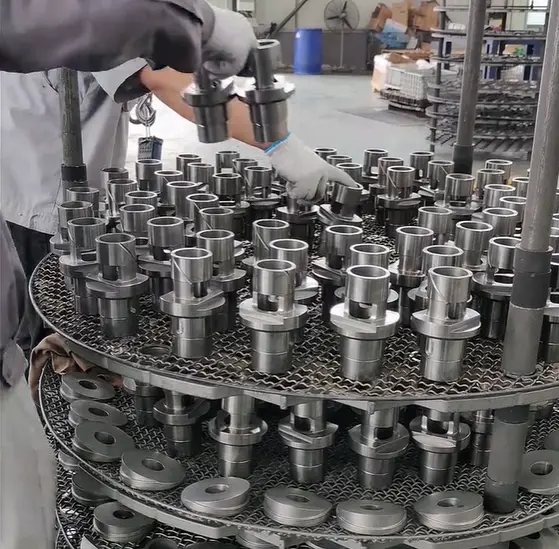
Metal components often require surface treatment to meet the requirements of working conditions. Nitriding is a process in which nitrogen is diffused into the surface of steel to form a nitrogen-rich hardened layer. It is achieved by using active nitrogen atoms produced from the decomposition of ammonia at a certain temperature (usually 500-600℃) to penetrate and diffuse into the surface layer of steel, forming iron-nitrogen alloys, thereby altering the mechanical properties of the steel surface, such as enhancing wear resistance, increasing hardness, and improving corrosion resistance. The principle is that at a certain temperature, the medium is activated to produce nitrogen atoms that penetrate the surface layer of the workpiece, thereby forming different composition structures with Fe and alloy elements in a continuous depth near the surface, changing the hardness, thermal stability, and density of the surface layer. However, since the effect of the nitriding process is not visible to the naked eye and the finished parts cannot be destroyed, quality inspections must be conducted in advance on nitriding samples under different process conditions.
2025-03-11 17:21:35
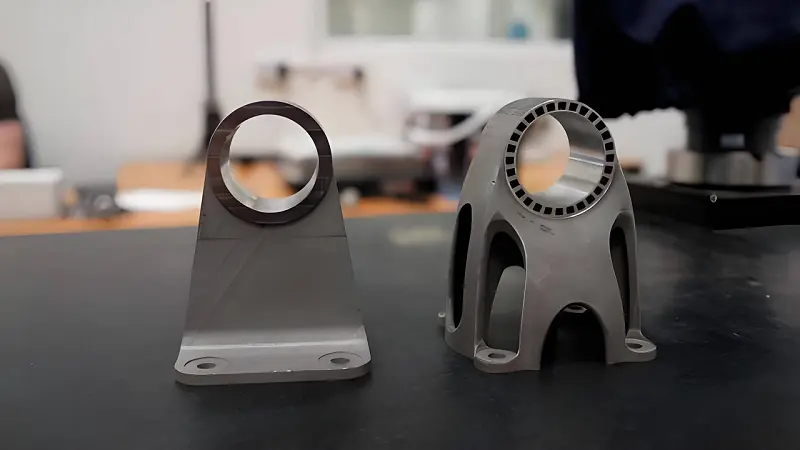
The main cause of recrystallization in titanium alloy is the influence of temperature. When titanium alloy is at high temperatures, atoms at the grain boundaries and within the grains will diffuse, forming larger grains
2025-03-11 17:17:52
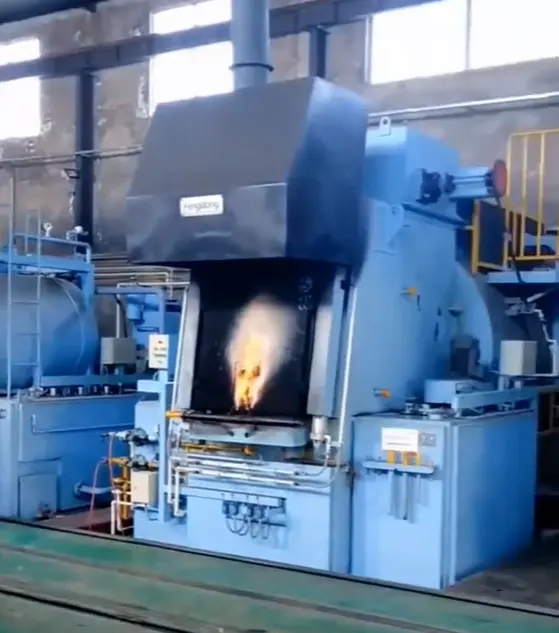
Carburizing treatment refers to the process of heating and holding steel parts in a carburizing medium to increase the carbon content of the surface layer and form a certain carbon concentration gradient, allowing carbon atoms to penetrate into the surface layer of the steel. This can give low-carbon steel parts a high-carbon steel surface layer. After quenching and low-temperature tempering, the surface layer of the workpiece has high hardness and wear resistance, while the central part of the workpiece still retains the toughness and plasticity of low-carbon steel.
2025-03-11 17:11:56
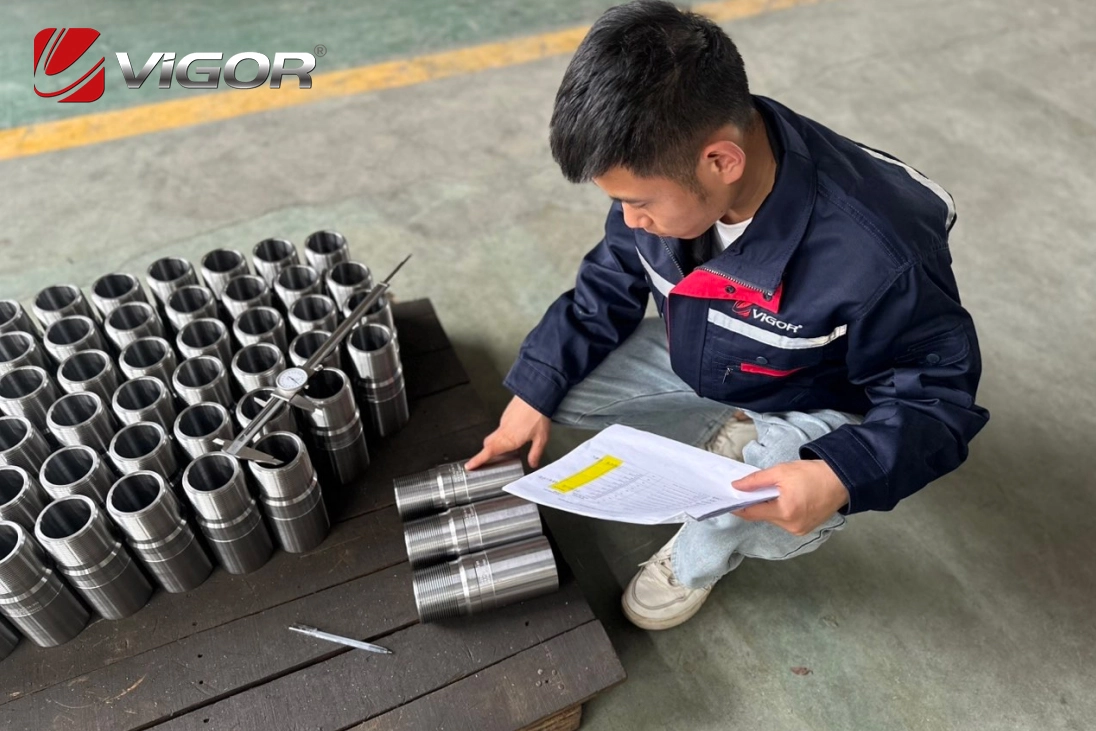
Pipe fittings, as an important component of pipeline systems, have a wide range of uses, covering multiple fields such as construction, industry, agriculture, and transportation. Let's take a detailed look at the specific applications of pipe fittings in different fields.
2025-03-07 15:21:19
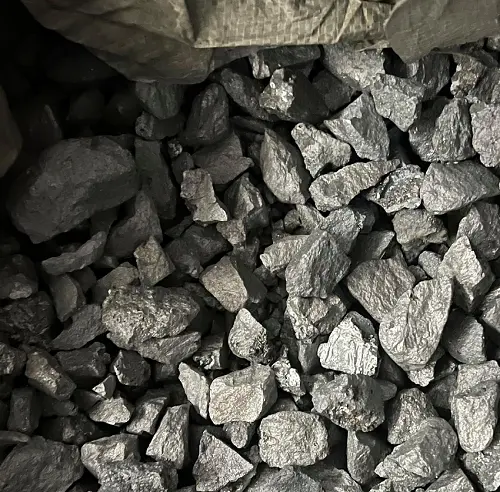
Spheroidizing agent is a certain metal or alloy added to molten iron to obtain ductile iron with spherical graphite. Its main purpose is to transform the graphite morphology in cast iron from flake to spherical, thereby enhancing the mechanical properties, toughness and plasticity of cast iron. The spherical graphite in ductile iron is formed after spheroidization treatment. This form of graphite makes the strength of cast iron much higher than that of gray cast iron, and its toughness is better than that of malleable cast iron, while still maintaining a series of advantages of gray cast iron.
2025-03-07 15:17:18

Excessive or insufficient temperature: During the melting process, if the temperature is too high, elements such as iron and silicon in the molten metal will react with oxygen in the air, generating oxides and forming bubbles; conversely, if the temperature is too low, it may lead to poor fluidity of the molten metal and difficulty in gas expulsion.
2025-03-07 15:13:14
364



